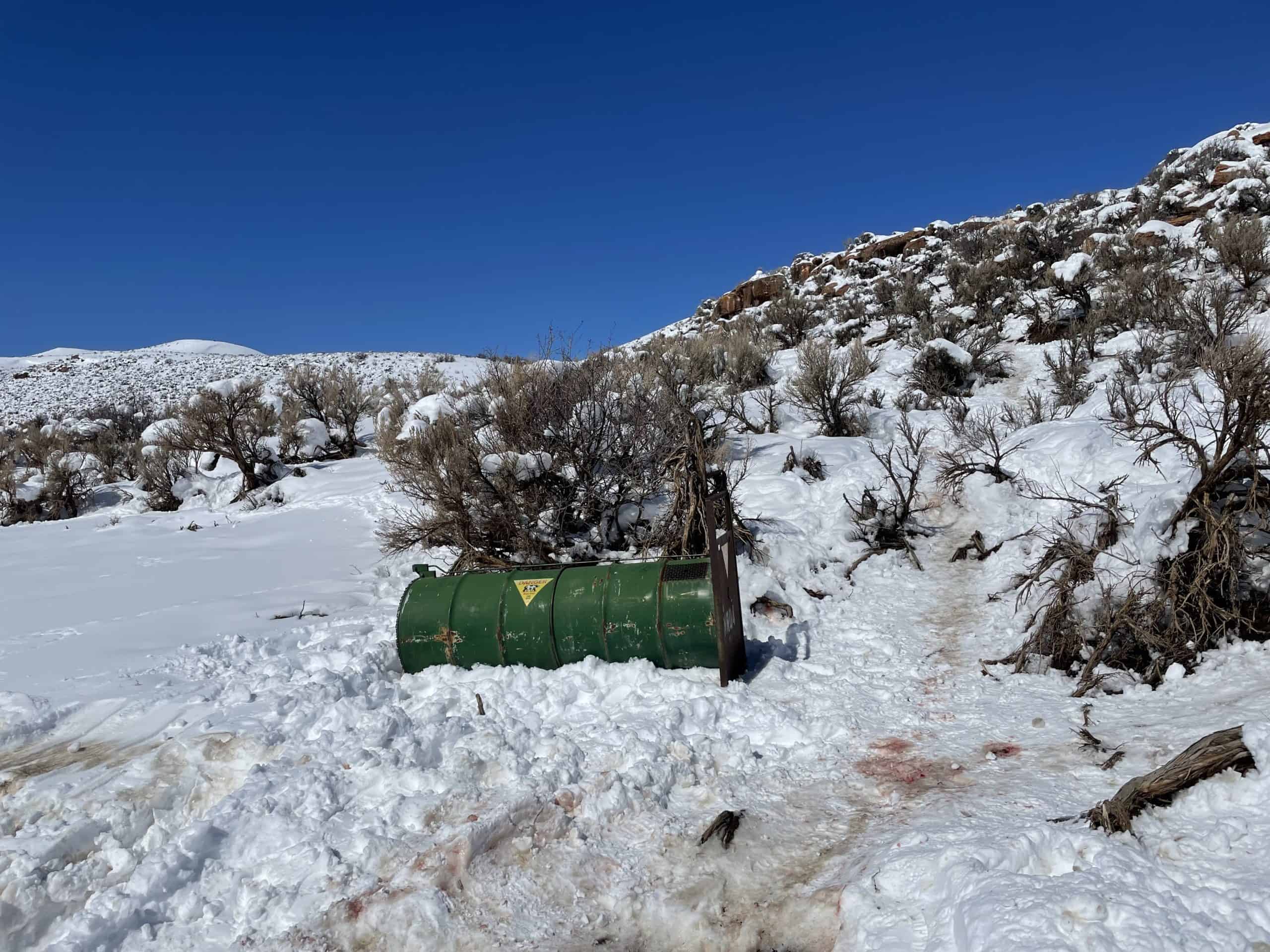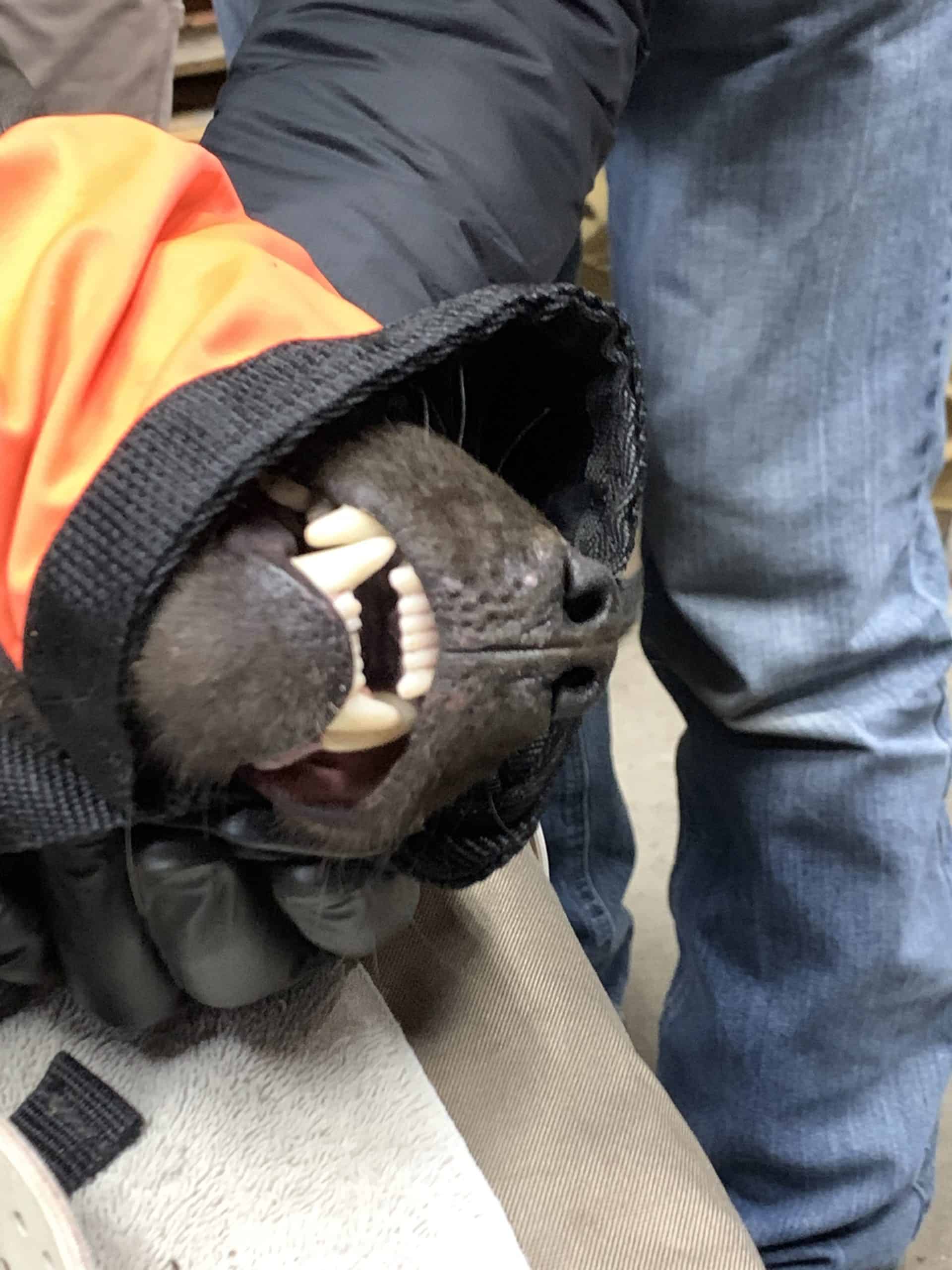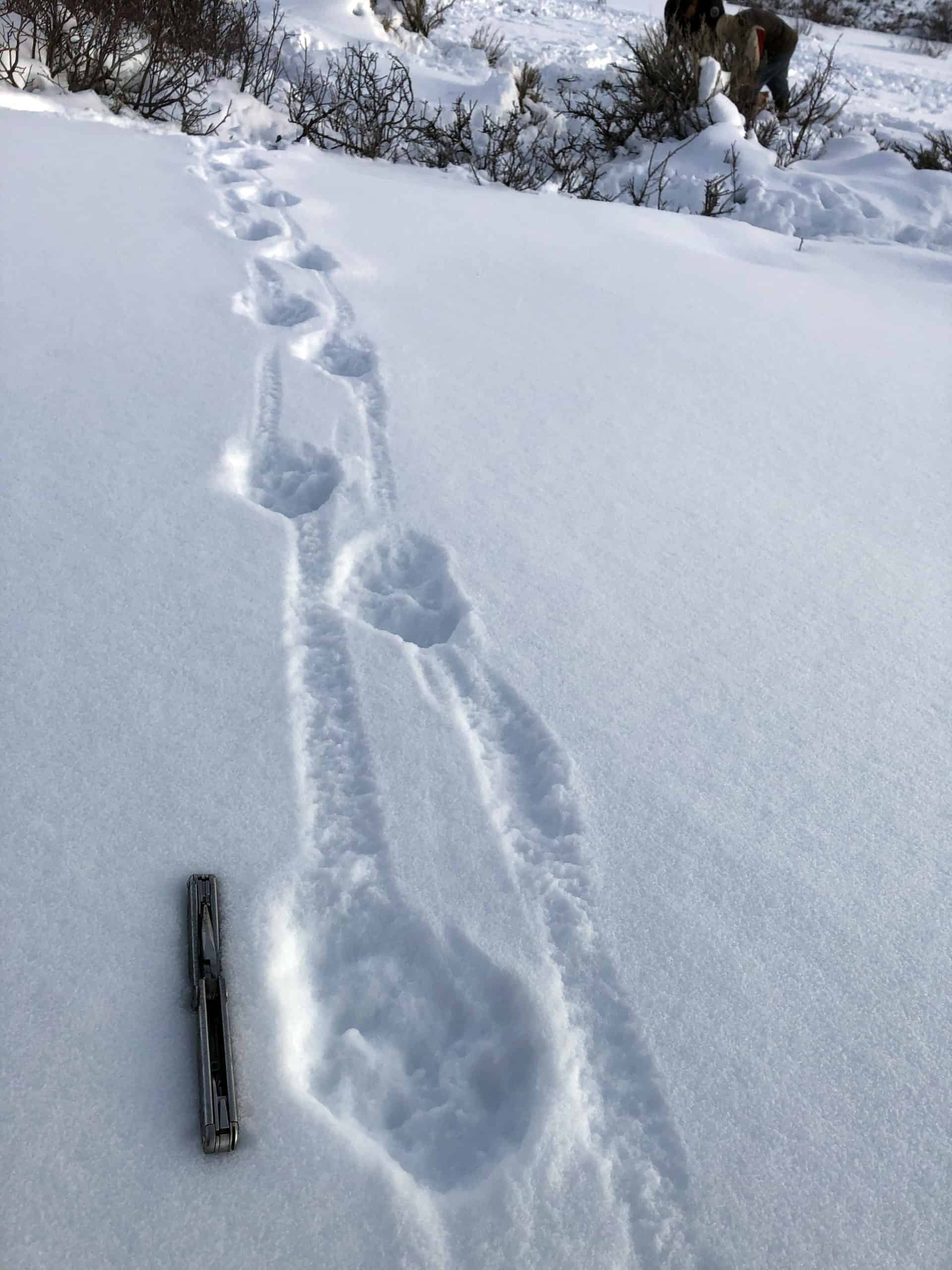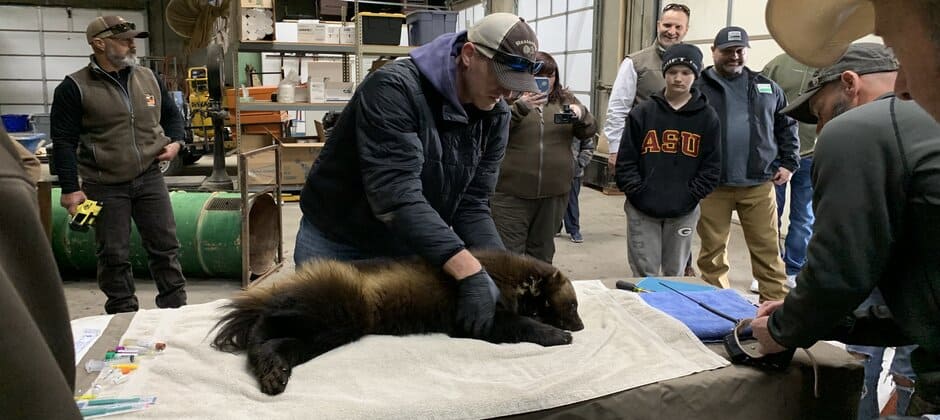Share this article
Wild Cam: Managers trap and collar rare wolverine in Utah
The whole episode began with an attack on 18 sheep in Rich County, Utah northeast of Salt Lake City, but ended with a marvelous opportunity for researching a rare carnivore. United States Department of Agriculture’s Wildlife Services staff were flying in a small airplane conducting livestock protection on the morning of March 10 this year when they noticed what looked like a wolverine feeding on a dead sheep.
Wolverines (Gulo gulo) aren’t typically known to range so far south into Utah, which is just past the threshold of their most southern digs in Idaho and Wyoming. But there had been a string of eight confirmed wolverine sightings in the state since 1979, many of them in the last year or so, including confirmed footage of a wolverine romping around Antelope Island in May 2021.
Wildlife Services staff were conducting a routine flight, watching for potential predators—mostly coyotes (Canis latrans) in this area—and other problems like lost or injured animals. When they saw the carnivore in Rich County from the air, they contacted the Utah Division of Wildlife Resources (UDWR), according to Mark Hadley, the northern region outreach manager for the agency. A trapper from the Utah Department of Agriculture and Food and biologists from the Utah Division of Wildlife Resources and Wildlife Services went into the area. Upon arrival, they met Nicolas Zarate, a Peruvian sheep herder that led them to his dead and injured sheep. Four were confirmed dead from the attack, another had to be euthanized due to extensive injuries, and 13 additional wounded sheep were transported to a safer area.
Enlarge

Courtesy of Utah Division of Wildlife Resources
The team removed the hind quarters from a dead sheep and placed them in barrel traps. They also took away the rest of the dead sheep so the wolverine would focus on the baited traps. Despite the commotion from the presence of the wildlife managers and trappers, they hoped this would lure the carnivore in, though the wildlife managers didn’t believe the wolverine would come back.
But, sure enough, on March 11, Zarate found a trap was occupied and told the wildlife managers he’d caught the “maldito”—a Spanish term roughly meaning ‘the bad one’ or ‘cursed.’ The promise of so much raw mutton was apparently too good to pass up.
Wildlife managers brought the animal to a regional UDWR office in the trap, then sedated it. They weighed the wolverine, took blood and hair samples and examined its teeth.
Enlarge

Courtesy of Utah Division of Wildlife Resources
It was an adult male, roughly three or four years old, weighing in at about 28 pounds and measuring about 3.5 feet long.
“It was in great condition. Its teeth looked great,” Hadley said.
They placed a GPS collar on the wolverine and, that same night, took it to a remote location on the north slope of the Uinta Mountains in the northeast corner of the state. That area has had at least one other confirmed wolverine sighting in recent months, and experts believe the rugged, high elevation terrain is the most suitable wolverine habitat in the state. There also aren’t many sheep around there at this time of year, though wildlife managers note that, besides this event, there really haven’t been many documented wolverine attacks on sheep.
“We’re really excited about all of this,” Hadley said. “First of all, there have been very few confirmed sightings of wolverine in this state, let alone being able to study this animal.”
It’s unclear whether any of the recent wolverine sightings north of Salt Lake City and to the north of the capital were of the same animal that was trapped. The wolverine spotted on Antelope Island was thought at the time to be just passing through the area a few miles northwest of Salt Lake City.
But this mustelid has already been active since its release, the GPS collar data shows. As of April 5—roughly 25 days since its release—the wolverine had already traveled 195 miles, though it stayed within 50 miles of the release site. “It’s making a lot of circles in that area,” Hadley said.
Enlarge

Courtesy of Utah Division of Wildlife Resources
Researchers are excited to see what the animal will do next, so they can learn how wolverines might use the landscape in the area at the south of their range, Hadley said. For example, the GPS collar could reveal how much territory it needs to survive in Utah, and whether its movement patterns change during different seasons.
“Up until now, it’s just been a glimpse,” Hadley said.
Header Image:
The male wolverine is given a health check after being trapped in Rich County.
Courtesy of Utah Division of Wildlife Resources








